Samsung Galaxy Tab vs Apple iPad

Introduction:
It is the end of 2010, and Samsung has just outed its first tablet computer, the Galaxy Tab. Its purpose, apart from making lots of money for the company, is to compete with Apple's groundbreaking iPad - a product that managed to single-handedly initiate a brand new personal computer market. Many were skeptical about the iPad's success in the long run, but as it seems the device is still facing strong demand, which also becomes apparent through the multiple other companies hurrying up to deliver their own tablets to the market.
In this comparison, we'll focus on the two strongest opponents right now, namely the Samsung Galaxy Tab and the Apple iPad. Both seem to have their own chances to emerge victorious, but let's first take a more in-depth look at their capabilities in order to have an accurate judgment as to which one could be called the best tablet for the time being.
Design:
A usual point of controversy, the design of a product is one of the main attractors for would-be buyers. Put both tablets in front of you and it will not be long before you realize how different they are. Clearly, if compactness is on your mind, then the Galaxy Tab will most probably fit the bill, as it's also significantly lighter. Without a doubt, the Galaxy Tab is a much easier device to handle, which is obviously its biggest advantage from design point of view.
On the other hand, the materials that Apple has utilized are of noticeably higher quality. Instead of plastic, the iPad relies on an all-metal back, which feels quite sturdy, although easy to slip out of your hands.
Being compact though has its drawbacks. For example, if you are significantly smaller than the iPad, then you simply cannot fit its 9.7" screen. That's just the case with the Samsung Galaxy Tab and its 7-inch LCD display. There's no need to tell you that when it comes to screens, bigger is always better, as long as it's not too big, of course. Naturally, both tablets pack some contemporary display technologies, and honestly, we didn't find much of a difference between the iPad's IPS LCD and the Galaxy Tab's TFT LCD. There might be a slight advantage to the iPad's viewing angles, but that's as far as it goes. Both tablets are hardly usable under bright sunlight, with neither managing to excel.
When it comes to resolution, both devices have pretty similar characteristics, which means an overall higher pixel density for the Samsung tablet. That said, the iPad isn't too far behind as it still manages to deliver a more than satisfying image detail.
Conceived as a more of an all-in-one device than strictly a tablet computer, the Samsung Galaxy Tab manages to squeeze in a 3.2MP AF camera plus a front-facing one for eventual video chats - features that are sorely missing from the current-generation iPad.
That's pretty much all there's to know about the different design approaches taken with both tablets. We like both of them and we can't say which one is the winner here, since it's really a matter of personal preference whether you'd like a larger screen or a more compact device.
It is the end of 2010, and Samsung has just outed its first tablet computer, the Galaxy Tab. Its purpose, apart from making lots of money for the company, is to compete with Apple's groundbreaking iPad - a product that managed to single-handedly initiate a brand new personal computer market. Many were skeptical about the iPad's success in the long run, but as it seems the device is still facing strong demand, which also becomes apparent through the multiple other companies hurrying up to deliver their own tablets to the market.
A usual point of controversy, the design of a product is one of the main attractors for would-be buyers. Put both tablets in front of you and it will not be long before you realize how different they are. Clearly, if compactness is on your mind, then the Galaxy Tab will most probably fit the bill, as it's also significantly lighter. Without a doubt, the Galaxy Tab is a much easier device to handle, which is obviously its biggest advantage from design point of view.
On the other hand, the materials that Apple has utilized are of noticeably higher quality. Instead of plastic, the iPad relies on an all-metal back, which feels quite sturdy, although easy to slip out of your hands.
Being compact though has its drawbacks. For example, if you are significantly smaller than the iPad, then you simply cannot fit its 9.7" screen. That's just the case with the Samsung Galaxy Tab and its 7-inch LCD display. There's no need to tell you that when it comes to screens, bigger is always better, as long as it's not too big, of course. Naturally, both tablets pack some contemporary display technologies, and honestly, we didn't find much of a difference between the iPad's IPS LCD and the Galaxy Tab's TFT LCD. There might be a slight advantage to the iPad's viewing angles, but that's as far as it goes. Both tablets are hardly usable under bright sunlight, with neither managing to excel.
When it comes to resolution, both devices have pretty similar characteristics, which means an overall higher pixel density for the Samsung tablet. That said, the iPad isn't too far behind as it still manages to deliver a more than satisfying image detail.
Conceived as a more of an all-in-one device than strictly a tablet computer, the Samsung Galaxy Tab manages to squeeze in a 3.2MP AF camera plus a front-facing one for eventual video chats - features that are sorely missing from the current-generation iPad.
That's pretty much all there's to know about the different design approaches taken with both tablets. We like both of them and we can't say which one is the winner here, since it's really a matter of personal preference whether you'd like a larger screen or a more compact device.
Interface and Functionality:
Now, this is an area where the Samsung Galaxy Tab and Apple iPad differ fundamentally. On one hand we have the Galaxy Tab running Android with TouchWiz 3.0, and on the other - the iPad rocking iOS.
A lot can be said about these two mobile platforms, but we'll naturally avoid going through every small detail in this comparison. There are all kinds of opinions favoring each one of them, but in reality, all that matters is what you want to do with your tablet. For starters, we should point out that iOS takes the winning spot for performance and responsiveness, as there isn't any other mobile OS right now capable of running more smoothly and seamlessly.
However, if you can put up with some lag here and there, Android is clearly better when it comes to personalization options, as it allows you to decide exactly what do you want to have on your homescreen. It also has widgets, some of which present a decent way of getting information fast, without the need to fire up a dedicated application.
iOS may be a bit more conventional because of its simple icon grid layout, but this hides an obvious advantage here - it's extremely easy to learn and use. If there has to be a tablet that you should just pick up and go, it's definitely the Apple iPad with its straightforward interface.
Both devices happen to be very well equipped in terms of basic functions like different organizer or media tools, and if there's something missing you can easily find it in both Android Market and App Store. We don't feel the same about more advanced third-party software though, but more on that later.
Internet and Connectivity:
Surfing the internet on a tablet is a wonderful procedure. As some people say, it just feels right to do it on a large touchscreen, and the 7" and 9.7" displays of the Galaxy Tab and iPad respectively are simply perfect for the job. The Galaxy Tab's smaller size isn't really what's frustrating us here. It's the Android browser, which runs quite poorly at times for such a high-end device. Sure, some cleaner sites work just fine, but once a web page gets more crowded and Flash elements start to show up, it's goodbye smooth scrolling and hello lag. The iPad may lack Flash Player 10.1 support, but at least it handles each and every website perfectly fine, with buttery smooth scrolling and zooming. If you're intent on exploiting the browser heavily, we'd recommend that you stick with the iPad as it is able to provide you with a more consistent and overall better web browsing.
However, if it so happens that Flash support is a main priority of yours, then you have no other option but to side with the Galaxy Tab. Still, keep in mind that this is only valid if you want to have Flash elements visualized, and Flash-based websites loaded. If it's only the videos you want, Skyfire 2.0 is well on its way to the Apple tablet and it will easily remedy the situation.
Both devices can connect to the internet via Wi-Fi 802.11b/g/n and 3G (for the Wi-Fi + 3G version of the Apple iPad). GPS is onboard for both as well, along with Bluetooth 3.0 for the Tab and 2.1 for the iPad. The iPad presents a bit more flexible offer, since you can get a Wi-Fi-only version, which is cheaper, but Samsung is also expected to roll out a Wi-Fi-only variant sometime soon.
Now, this is an area where the Samsung Galaxy Tab and Apple iPad differ fundamentally. On one hand we have the Galaxy Tab running Android with TouchWiz 3.0, and on the other - the iPad rocking iOS.
A lot can be said about these two mobile platforms, but we'll naturally avoid going through every small detail in this comparison. There are all kinds of opinions favoring each one of them, but in reality, all that matters is what you want to do with your tablet. For starters, we should point out that iOS takes the winning spot for performance and responsiveness, as there isn't any other mobile OS right now capable of running more smoothly and seamlessly.
However, if you can put up with some lag here and there, Android is clearly better when it comes to personalization options, as it allows you to decide exactly what do you want to have on your homescreen. It also has widgets, some of which present a decent way of getting information fast, without the need to fire up a dedicated application.
iOS may be a bit more conventional because of its simple icon grid layout, but this hides an obvious advantage here - it's extremely easy to learn and use. If there has to be a tablet that you should just pick up and go, it's definitely the Apple iPad with its straightforward interface.
Internet and Connectivity:
Surfing the internet on a tablet is a wonderful procedure. As some people say, it just feels right to do it on a large touchscreen, and the 7" and 9.7" displays of the Galaxy Tab and iPad respectively are simply perfect for the job. The Galaxy Tab's smaller size isn't really what's frustrating us here. It's the Android browser, which runs quite poorly at times for such a high-end device. Sure, some cleaner sites work just fine, but once a web page gets more crowded and Flash elements start to show up, it's goodbye smooth scrolling and hello lag. The iPad may lack Flash Player 10.1 support, but at least it handles each and every website perfectly fine, with buttery smooth scrolling and zooming. If you're intent on exploiting the browser heavily, we'd recommend that you stick with the iPad as it is able to provide you with a more consistent and overall better web browsing.
However, if it so happens that Flash support is a main priority of yours, then you have no other option but to side with the Galaxy Tab. Still, keep in mind that this is only valid if you want to have Flash elements visualized, and Flash-based websites loaded. If it's only the videos you want, Skyfire 2.0 is well on its way to the Apple tablet and it will easily remedy the situation.
Both devices can connect to the internet via Wi-Fi 802.11b/g/n and 3G (for the Wi-Fi + 3G version of the Apple iPad). GPS is onboard for both as well, along with Bluetooth 3.0 for the Tab and 2.1 for the iPad. The iPad presents a bit more flexible offer, since you can get a Wi-Fi-only version, which is cheaper, but Samsung is also expected to roll out a Wi-Fi-only variant sometime soon.
Camera and Multimedia:
Given the iPad's inability to take photos or videos, we have no other choice but to proclaim the Samsung Galaxy Tab the better tablet for photography purposes. While the material produced isn't of the highest possible quality, we still find the images more than decent, especially if you view them on the device, while video has some pretty nice detail and smoothness to it. For more on the Samsung Galaxy Tab's photo-taking features, see our review!
When it comes to the music experience, the iPad manages to take the lead thanks to its awesome music player and overall better-sounding loudspeaker. It doesn't take a sound engineer to figure out that the iPad is capable of outputting some deeper tones, versus the Galaxy Tab's sharper ones. In terms of loudness, the Tab has a slight edge, but it's at the expense of overall quality.
Video watching is a tough one. On one side, the Galaxy Tab can play files in all popular formats in up to HD 720p resolution without a hitch, which is great, as it will save you the time that you'll otherwise have to spend converting videos for the iPad. On the other hand, the Apple iPad has the larger screen, which automatically makes the experience more enjoyable. In the end, it is practicality versus fun factor, but we feel we would rather stay with the larger panel, although it doesn't have the wide aspect ratio.
Software:
Third-party software is where the Apple iPad easily shows its excellence over the Galaxy Tab, with more than 300,000 apps available on the App Store. In addition to offering a much higher diversity, the iPad also gets the better-designed and much higher-quality applications, which will surely come in handy for the tablet's owners. Video and photo editing, even music sampling are all available and decent enough to fulfill your on-the-go productivity requirements, along with the iWork suite of text editing, spreadsheet and presentation tools. The iPad is also the ultimate winner when it comes to entertainment, as it boasts a plethora of game titles, developed by leading studios of the industry.
While the Samsung Galaxy Tab is not all that defenseless, its Android Market is still light years away from reaching the unrivaled diversity of the App Store. Still, you'll be able to find a decent word processor or some more advanced organizing tools, but nothing spectacular really. Thankfully, Samsung has equipped the device with a pretty decent eBook reader, which manages to rival Apple's iBooks.
Given the iPad's inability to take photos or videos, we have no other choice but to proclaim the Samsung Galaxy Tab the better tablet for photography purposes. While the material produced isn't of the highest possible quality, we still find the images more than decent, especially if you view them on the device, while video has some pretty nice detail and smoothness to it. For more on the Samsung Galaxy Tab's photo-taking features, see our review!
When it comes to the music experience, the iPad manages to take the lead thanks to its awesome music player and overall better-sounding loudspeaker. It doesn't take a sound engineer to figure out that the iPad is capable of outputting some deeper tones, versus the Galaxy Tab's sharper ones. In terms of loudness, the Tab has a slight edge, but it's at the expense of overall quality.
Software:
Third-party software is where the Apple iPad easily shows its excellence over the Galaxy Tab, with more than 300,000 apps available on the App Store. In addition to offering a much higher diversity, the iPad also gets the better-designed and much higher-quality applications, which will surely come in handy for the tablet's owners. Video and photo editing, even music sampling are all available and decent enough to fulfill your on-the-go productivity requirements, along with the iWork suite of text editing, spreadsheet and presentation tools. The iPad is also the ultimate winner when it comes to entertainment, as it boasts a plethora of game titles, developed by leading studios of the industry.
While the Samsung Galaxy Tab is not all that defenseless, its Android Market is still light years away from reaching the unrivaled diversity of the App Store. Still, you'll be able to find a decent word processor or some more advanced organizing tools, but nothing spectacular really. Thankfully, Samsung has equipped the device with a pretty decent eBook reader, which manages to rival Apple's iBooks.
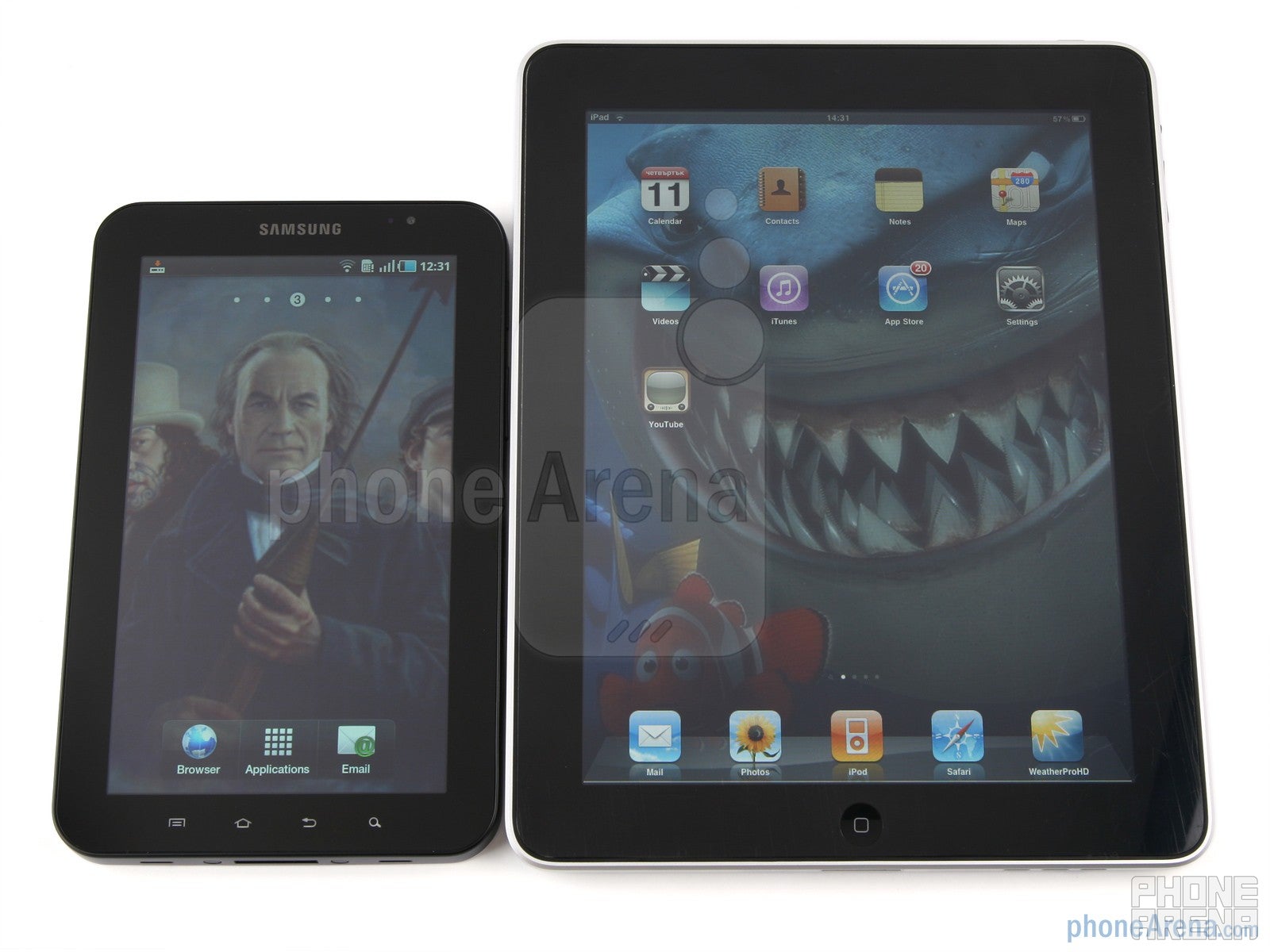
In the final analysis, it's not really a tough call when it comes to choosing the better tablet. Given that it all falls down to what your particular needs are, we can conclude that the Samsung Galaxy Tab's main advantage here is its way more compact size. It makes it easier to pick up, handle and carry around, which isn't a characteristic that should be overlooked at all. Another significant advantage of the Galaxy Tab is its ability to visualize Flash content within the browser and open Flash-based sites. Finally, it can take pictures and videos for you through its 3.2MP camera with flash, and you can even place a phone call, if you have the EU version.
Samsung Galaxy Tab vs Apple iPad Video Comparison:
Follow us on Google News


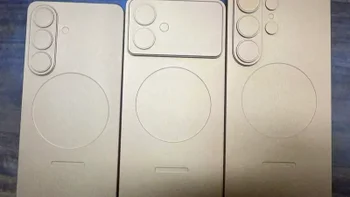



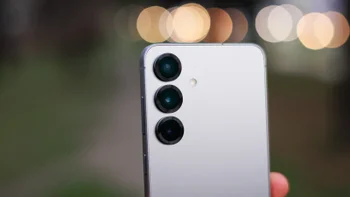





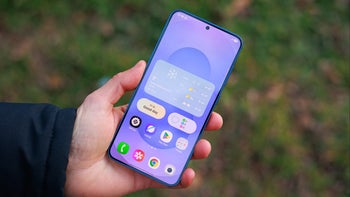
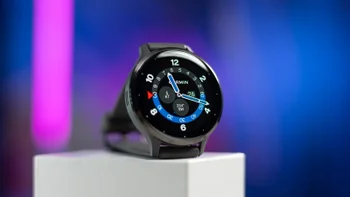
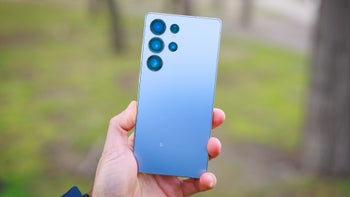
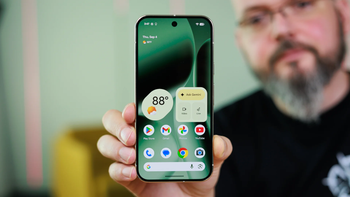
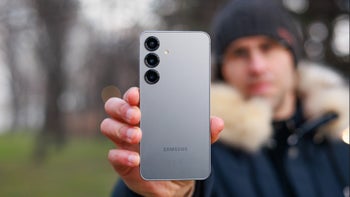
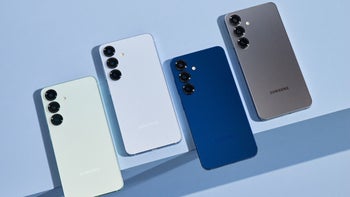
Things that are NOT allowed:
To help keep our community safe and free from spam, we apply temporary limits to newly created accounts: